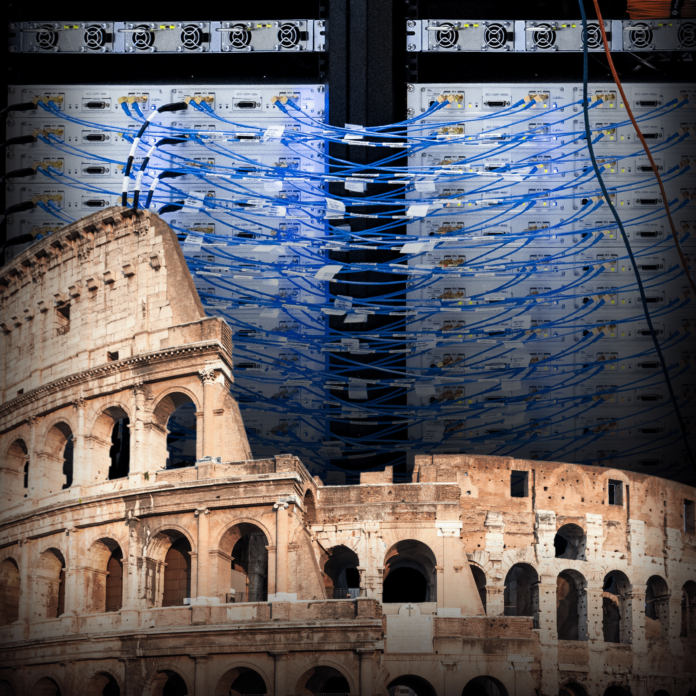DARPA seeks to support advanced spectrum sharing techniques with Spectrum Collaboration Grand Challenge
The Defense Advanced Research Projects Agency is in the midst of a new grand challenge initiative, focused on advancing technical capabilities around spectrum sharing. The Spectrum Collaboration Grand Challenge was announced last year at the International Wireless Communications Expo and is a three-year program with prize money worth $3.75 million.
DARPA aims to push the envelope on what is technically feasible in spectrum sharing, and to integrate automated machine learning to optimize the use of spectrum. Here are five things to know about this grand challenge program:
DARPA wants participants to focus on collaborative spectrum sharing. Although some spectrum-sharing arrangements are based on devices contenting competitively for the same spectrum resources, DARPA plans to “reward teams for developing smart systems that collaboratively, rather than competitively, adapt in real time to today’s fast-changing, congested spectrum environment—redefining the conventional spectrum management roles of humans and machines in order to maximize the flow of radio frequency signals.” DARPA seeks to “create radically new paradigms for using and managing access to the electromagnetic spectrum in both military and civilian domains.”
DARPA sees machine learning and automation as critical to spectrum collaboration. The primary goal of the project, according to DARPA, is to “imbue radios with advanced machine-learning capabilities so they can collectively develop strategies that optimize use of the wireless spectrum in ways not possible with today’s intrinsically inefficient approach of pre-allocating exclusive access to designated frequencies.”
“We are asking SC2 competitors to devise fundamentally new radio systems that can learn from each other in real-time, making the need for arduous radio specifications obsolete,” SC2 Program Manager Paul Tilghman has said.
DARPA has opened up a new, advanced test bed in support of the spectrum grand challenge. DARPA officially opened its “Colosseum” test bed in April, which can emulate tens of thousands of potential interactions among hundreds of various types of wireless communications devices within a virtual square kilometer. The Colosseum has 256 software-defined radio units and according to the agency, is the world’s largest channel emulator with each channel’s transmission and reception frequency able to be tuned between 10 MHz and 6 GHz. . The test bed resides in a 30-foot by 20-foot server room on the campus of the Johns Hopkins University Applied Physics Laboratory (APL) in Laurel, MD, according to DARPA. National Instruments supplied the software-defined radio units and the field programmable gate arrays for the system.
Below, SC2 program manager Paul Tilghman discusses the Colosseum and the grand challenge at NI Week:
Thirty teams have been chosen for participation. Early this year, DARPA selected 30 grand challenge participants. Of these, 22 teams are from academia and large and small companies. Eight individuals made it into the grand challenge as well. Here is a full list of the contenders. In terms of funding, 24 of the teams are “open track” candidates, meaning that they pay their own cost; there were a total of 113 candidates for open track participation. Six of the teams earned their way into the “proposal track,” which includes $500,000 in contract funding.
The grand challenge’s first preliminary contest is coming up in December. The Spectrum Collaboration Grand Challenge will be held in three phases. The first elimination event will be held this December, but in the meantime DARPA is holding half a dozen testing “scrimmages”, one each month until the December event (the next one is September 13th). DARPA has noted that some top-performing teams in the first phase will receive $750,000 and automatically proceed to the second phase. All teams which proceed to the second phase must pass the technical hurdles that are set up by the SC2 organizers. A similar event to whittle down competitors will be held at the end of 2018. Finalists who make it through the first two contests will meet in a live championship match that is slated to be held in late 2019. The top three prizes, to be awarded at the end of the final contest, are $2 million, $1 million and $750,000.
For more information about current issues in spectrum awareness, monitoring and sharing, download our free editorial report and check out the related webinar.

